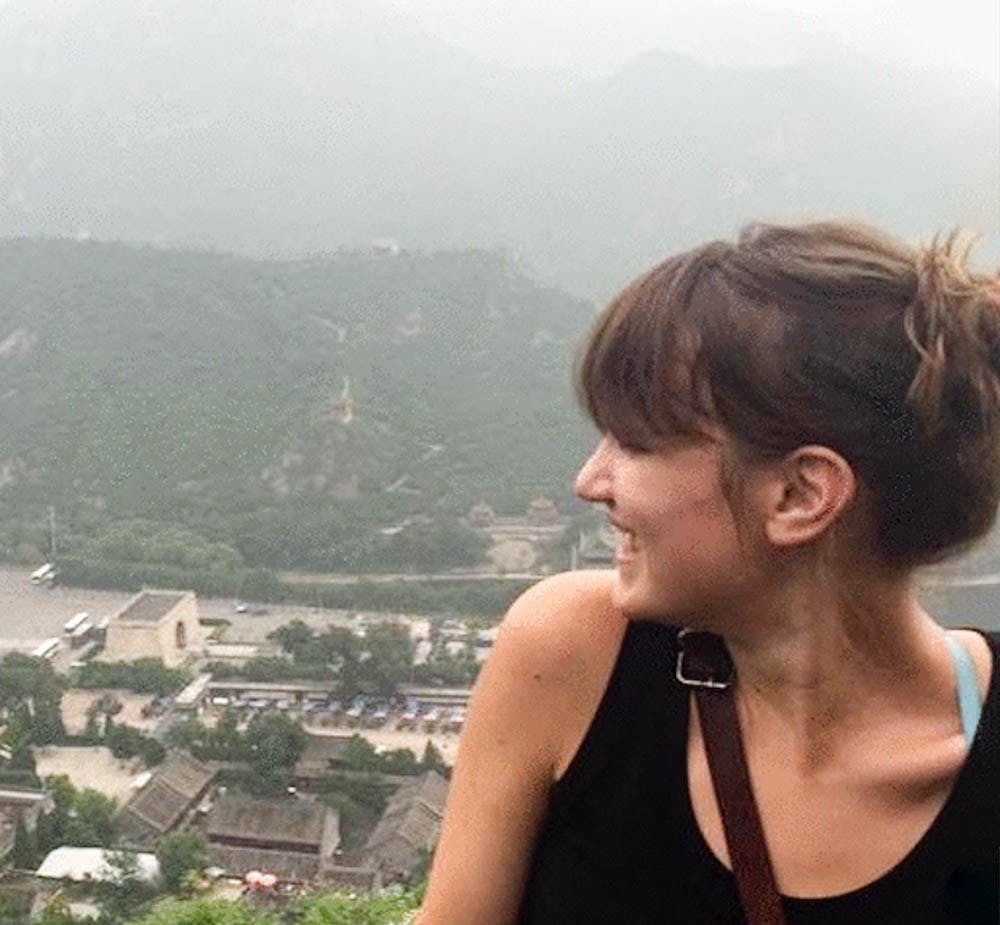A simple conversation between two friends can be understood by a toddler, but even the most sophisticated computer models struggle to grasp linguistic nuance. Assistant Professor of Computer Science Ellie Pavlick, who joined the department this July, hopes to change this. Pavlick launched the Language Understanding and Representation Lab, which focuses on improving computational models of natural language.
Her research specifically studies how two statements differ in terms of their connotations and implicit meanings. If someone says “‘I’m going to Michigan’ versus ‘I’m going home,’ … there are stylistic differences that communicate a lot more” than is said in just words, Pavlick said. She hopes to make this type of conversational language more comprehensible to computers. Pavlick explained that her work is important because understanding language requires “a good model of how humans work.”
Though she is still in the midst of starting a new research group at the University, Pavlick has said her work so far is “really exciting.” Her lab is distinctive because it already has so many students working together only a few weeks into the school year, a trend that is not common among new labs, she said. Despite the number of students, the team has “clicked with each other and became a unit.”
Chris Callison-Burch, Pavlick’s doctoral advisor and associate professor of computer and information science at Penn, said that the unusual number of students in her lab this early on is a “testament to her creativity and her energy and all the cool ideas she has with her research in (language) processing.”
Before joining the University, Pavlick spent a year at Google Research in New York. Working in an academic setting primarily differs from working in the corporate environment at Google in the time horizon for her projects, she said. “Ambitious research at Google is a three-year plan,” whereas academic research just has to be completed “before I die,” Pavlick said, adding that she benefits from the freedom that an academic setting provides.
As a graduate student, Pavlick worked closely with Callison-Burch, who oversaw Pavlick’s work that “helped to build the paraphrase database (that) contains 100 million English phrases paired with meaning equivalent expressions.” He also collaborated with Pavlick to build a gun violence database that tracks reported shootings from online local newspapers and television to predict trends from these sources, he said. They hoped that the database would use newspaper articles to monitor gun violence in the United States, but their project was cut short. Callison-Burch added that “(Pavlick) was the best PhD student (he has) ever worked with,” saying that she will be a “very popular professor to work with” at the University.
While she focused on teaching computers to understand paraphrasing during her time as a doctoral student at Penn, Pavlick came to the University to explore other avenues within natural language processing. She said that the University has a culture that is “very unique and supportive” and that she enjoys the encouragement of risk-taking.
This semester, she is teaching CSCI 2952D: “Computational Semantics,” a graduate seminar focused on NLP. Though it is her first year teaching, Pavlick said that “the students are all very smart and ask great questions,” adding that they are “very involved and engaged.” She will also be teaching CSCI 1951A: “Data Science” in the spring, a larger undergraduate lecture course.
Pavlick recently joined the department, but she has already begun reaching out to others in the field at the University, including Assistant Professor Stefanie Tellex, Professor Eugene Charniak, Professor Michael Littman and Assistant Professor George Konidaris. She hopes to work with them to explore the process of building data sets and how language fits in with robotics, among other topics, Pavlick explained. She also hopes to take advantage of Brown’s interdisciplinary nature and collaborate with people in cognitive, linguistic and psychological sciences, economics and political science departments because their work aligns closely with hers.
Aaron Traylor GS, Albert Webson GS and Roma Patel GS, all members of Pavlick’s lab, described her as an extremely positive person to work with, citing her research and determination as especially admirable. Webson highlighted the support she offers to her students, while Traylor emphasized her dissatisfaction with simple answers. “She thinks big,” Traylor said.





